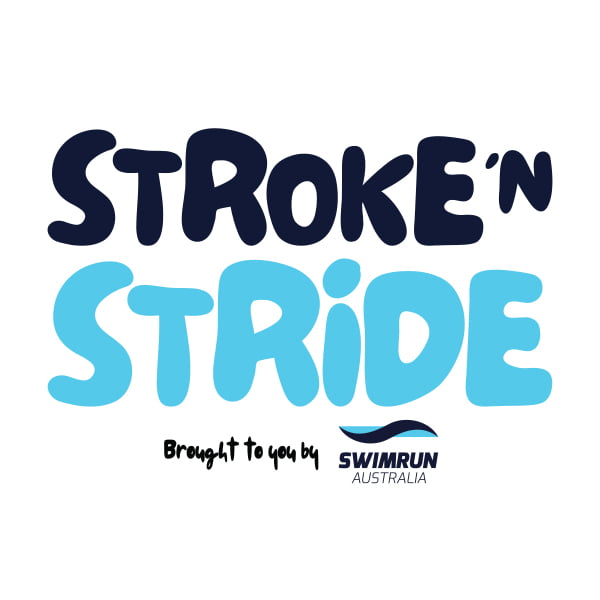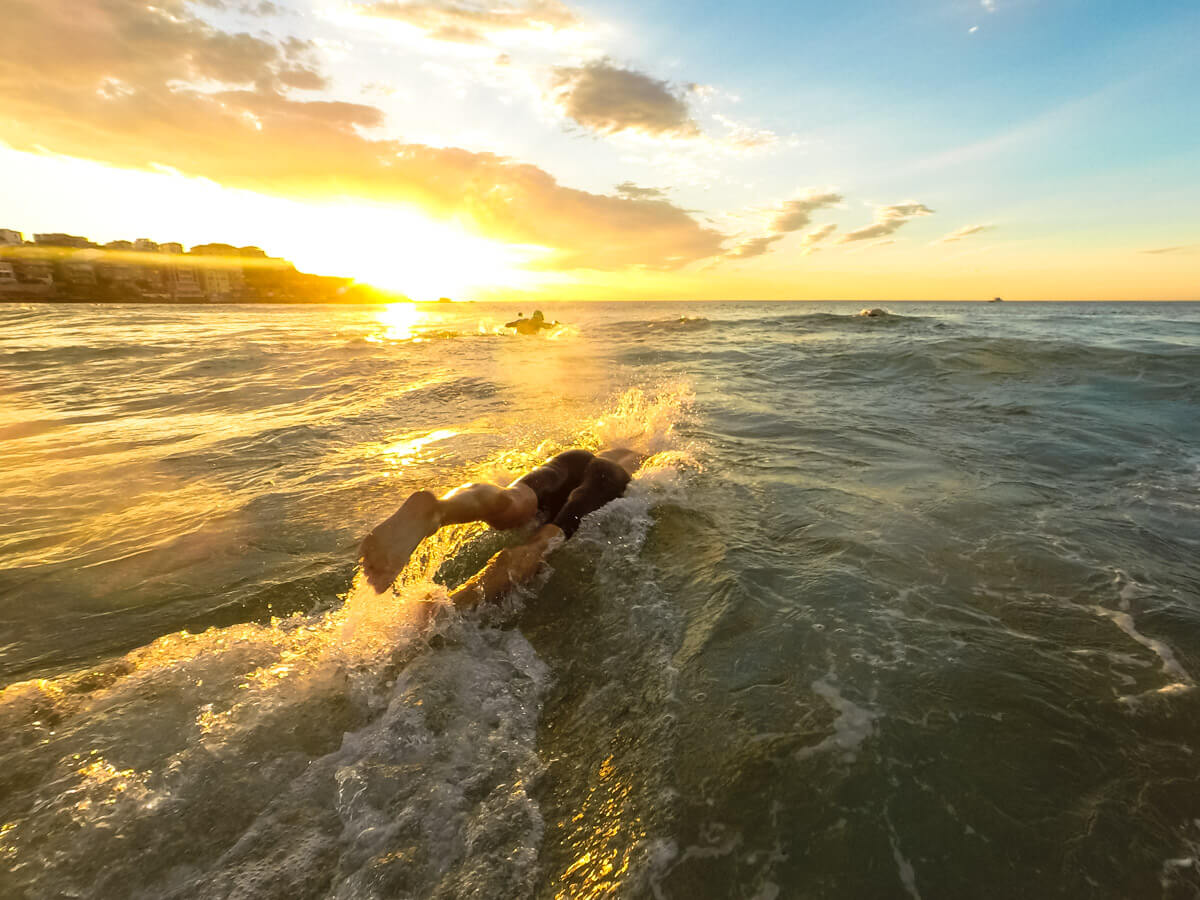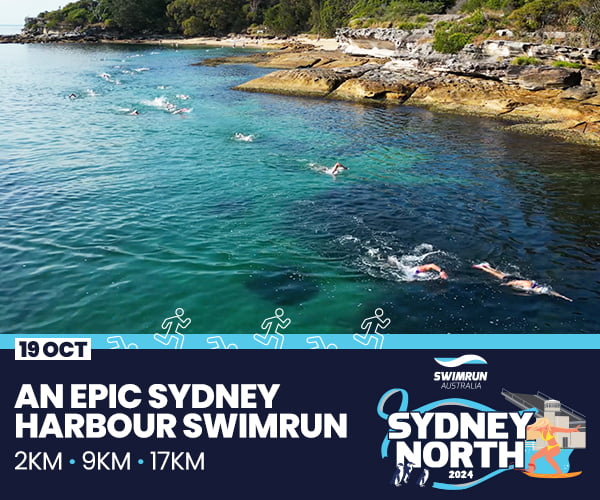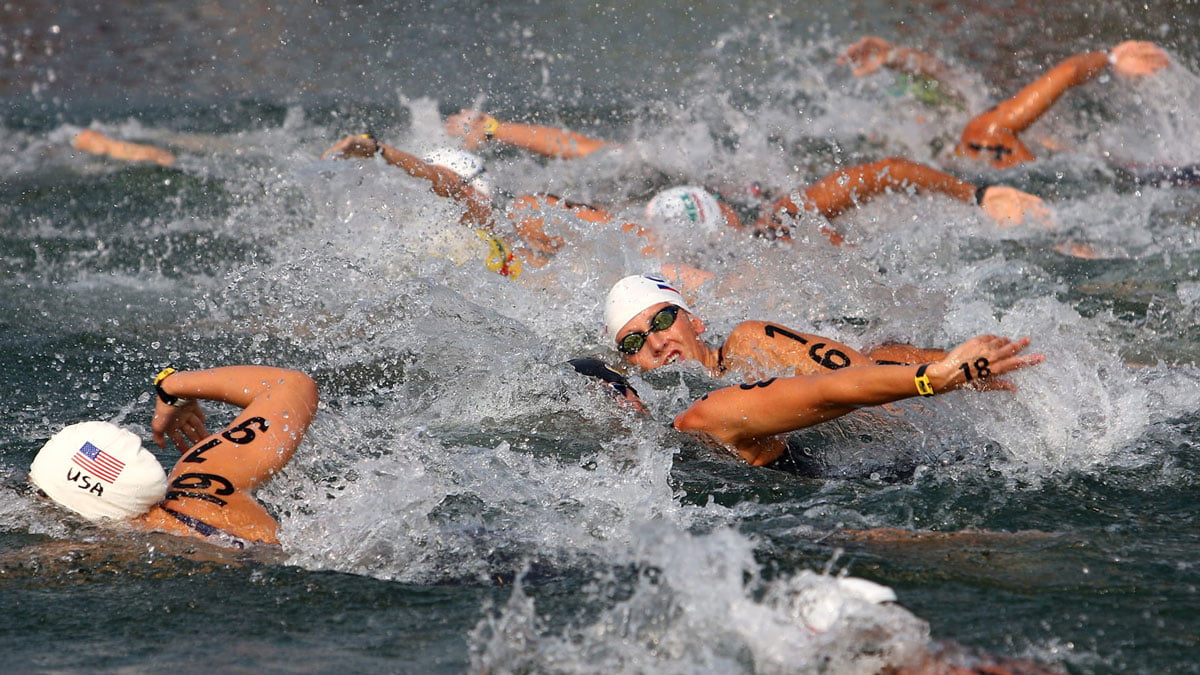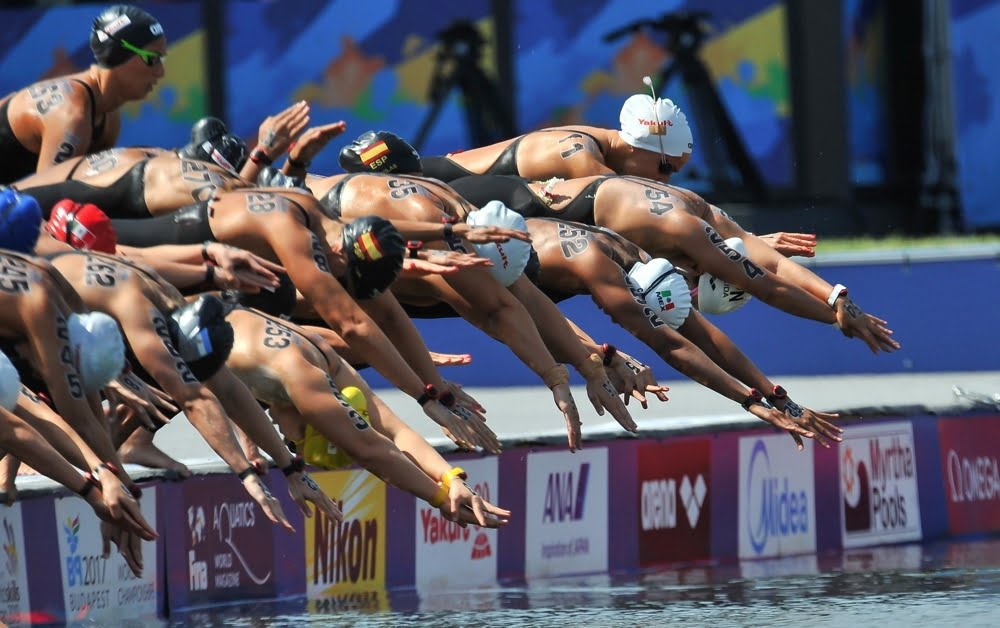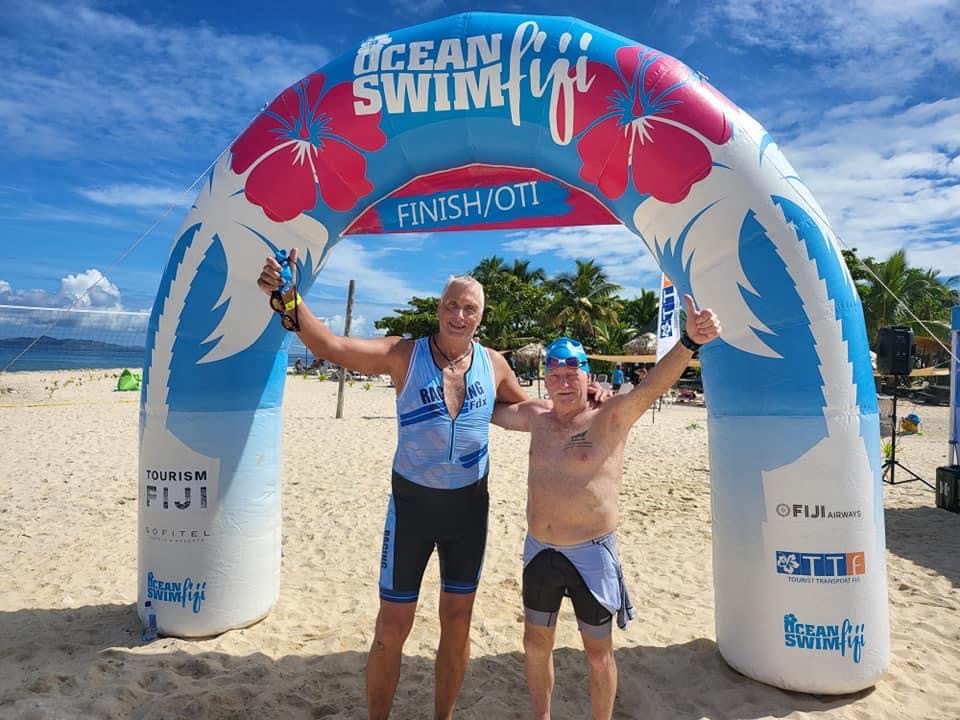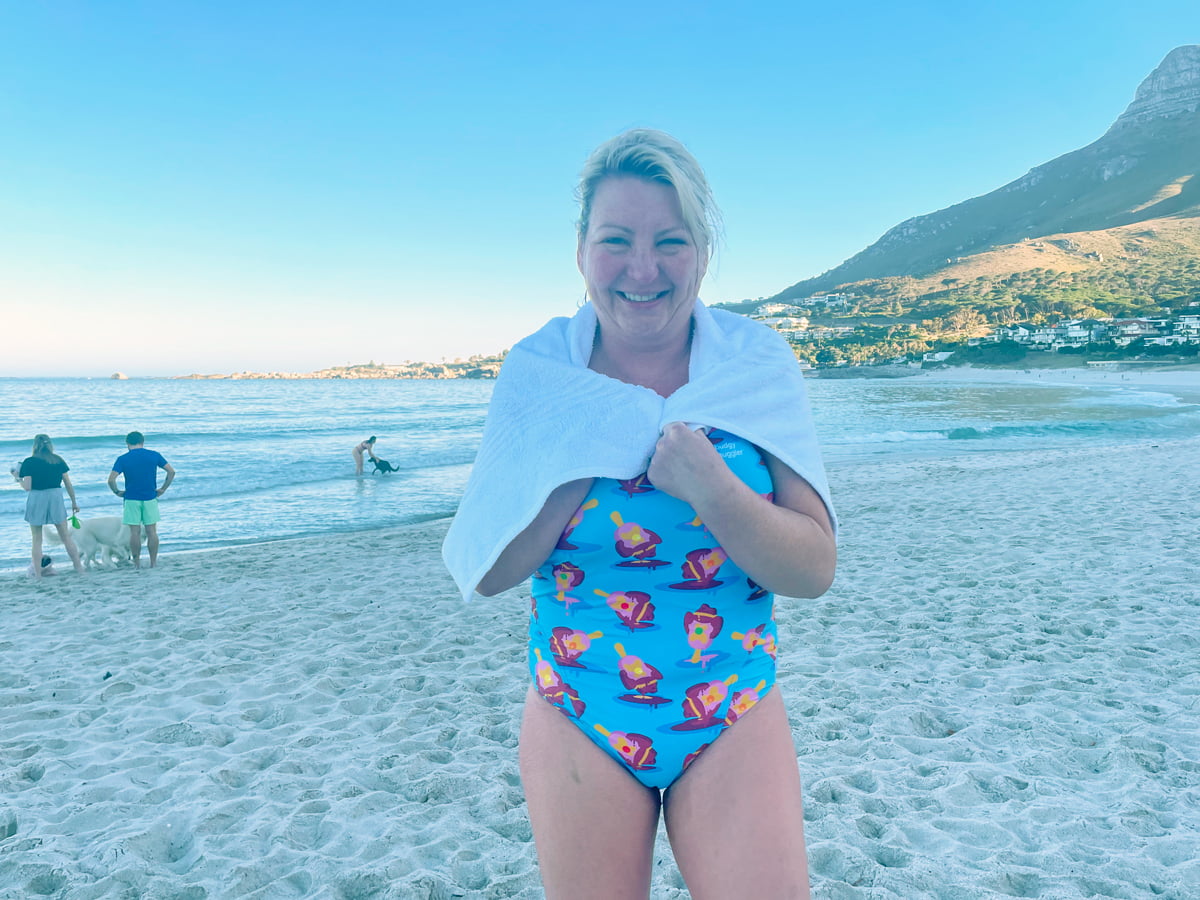Summer is well and truly here and with that comes hot sunny summer days.
More than any other time of the year, people are taking to the water to get their exercise.
But while swimming when it’s hot can bring temporary relief from the soaring outside temperatures it can also pose risks.
Here are our top 5 tips to manage the heat this summer for safe ocean swimming.
Hydration
Staying hydrated is important when we’re exercising, especially on a hot summer’s day.
It’s easy to forget to hydrate because we’re swimming, but don’t forget you can still sweat in water.
It is recommended you drink between two to four litres of water a day. So before you head out for your swim drink a big glass of water and when you finish your swim have another big glass of water with your post-swim coffee.
Hot tip: Sports drinks or electrolyte drinks can help you rehydrate faster.
Pick the right time to swim
When deciding on a time to swim, take into account the weather forecast and the predicted air temperature during each part of the day.
Usually, the best time to go for an open water swim is early in the morning before the sun gets too high in the sky.
If you do choose to go for a swim in the late afternoon (as the sun is getting lower in the sky) choose your location carefully as most beaches will have a pesky sea breeze that can leave conditions not ideal for swimming.
Find shade
We all love hanging out and having a chat with our swim buddies after our swim, especially in summer where we can soak in the warm rays of the sun.
But when we finish our daily swim it is important to seek shade; like a large tree or at the local cafe, or you can take a beach umbrella down with you and pop it in the sand to enjoy your post-swim coffee and chat in the shade under your umbrella.
Use sun protection
Sun protection is a big thing in Australia with many of us familiar with the saying ‘slip, slop, slap’.
When going for a swim whether that be in a pool, creek, lake or ocean, it is important to use sun protection.
Wear sunscreen (don’t forget your ears), wear a rash vest or wetsuit and wear a hat and sunglasses pre and post-swim. By doing this you’ll reduce your exposure to the elements which can cause sunstroke, or worse, skin cancer.
The water temperature matters too
When the water temperature is between 25-30 degrees your core temperature can rise quite quickly when doing strenuous swimming.
If you do swim in this temperature range, take plenty of breaks and drink more water than usual.
If the water is above 30 degrees it’s recommended to avoid strenuous swimming because it can lead to dangerous heat stroke.


